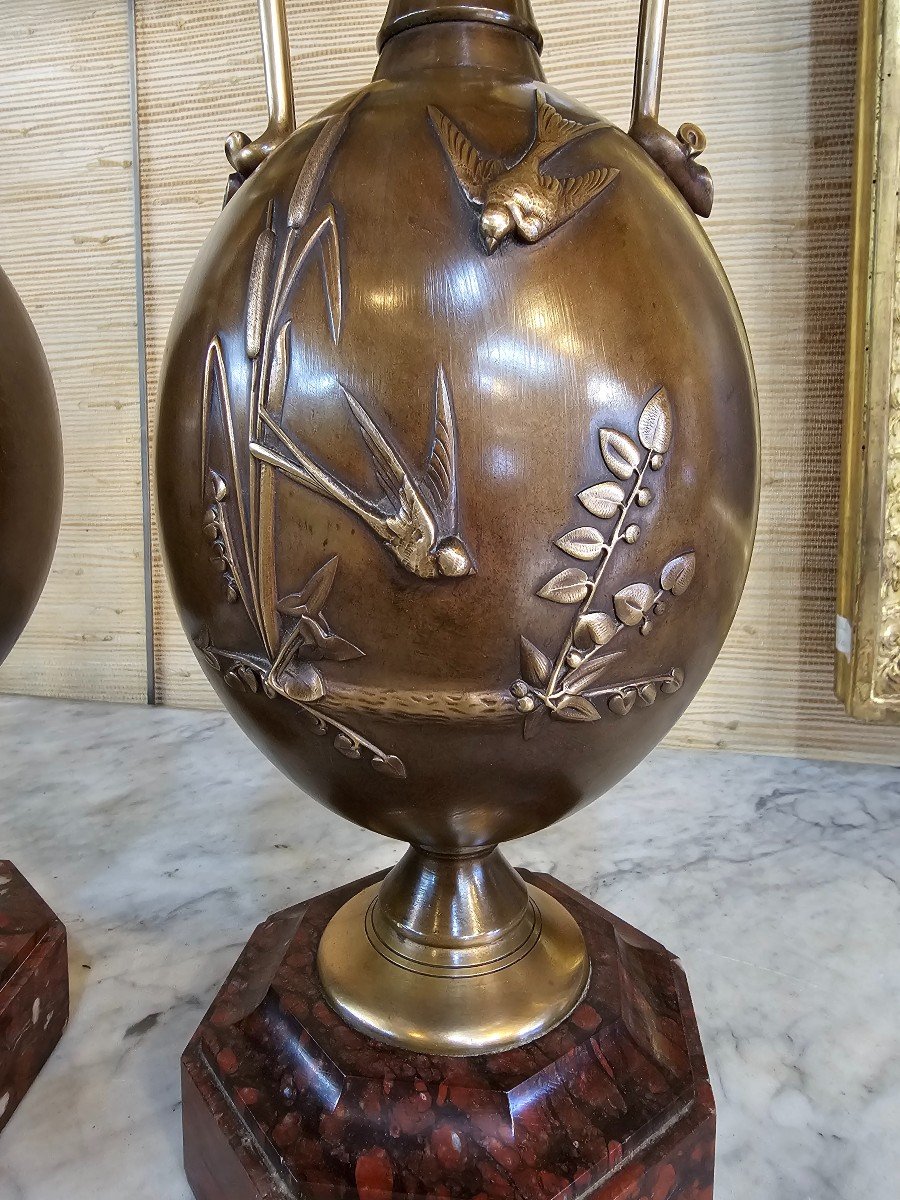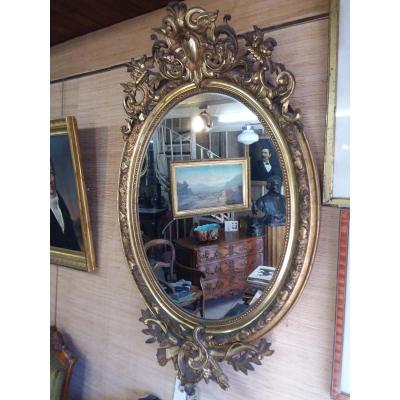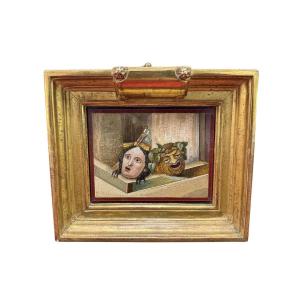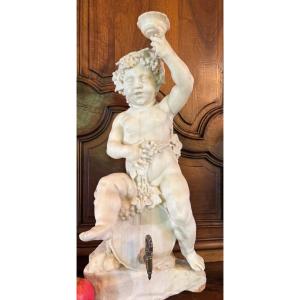In good house condition, some slight traces of life at the top of the vase (photos).
Dimensions height 49.5
diameter 15 cm
Ferdinand Barbedienne was known for his bronze foundry intended for the reproduction of works of art. In 1833 where he managed to earn a little money before joining forces with Achille COLLAS who had just created a way to reproduce bronze and, on a smaller scale, art objects. In 1839, Barbedienne founded the House where he copied in bronze most of the statues belonging to European museums. The subjects chosen are often allegorical and taken from Antiquity. The Venus de Milo is one of the first examples. After 1848, the company expanded its business by working with renowned sculptors and manufacturing furniture, ceiling lights and fireplace ornaments.
Henry Cahieux (1825-1854) is the chief decorator of Maison Barbedienne. Many works were executed in the Greek Revival and Pompeian Revival styles. Barbedienne and this genius ornamentalist collaborated until 1854, when Cahieux died of cholera while he was still in the prime of life. The ornamentalist Louis Constant Sévin succeeded him. Many lamps designed by Henry Cahieux and exhibited on the HENRYRY stand at the Paris Universal Exhibition in 1855 received the medal of honor.


















































 Le Magazine de PROANTIC
Le Magazine de PROANTIC TRÉSORS Magazine
TRÉSORS Magazine Rivista Artiquariato
Rivista Artiquariato